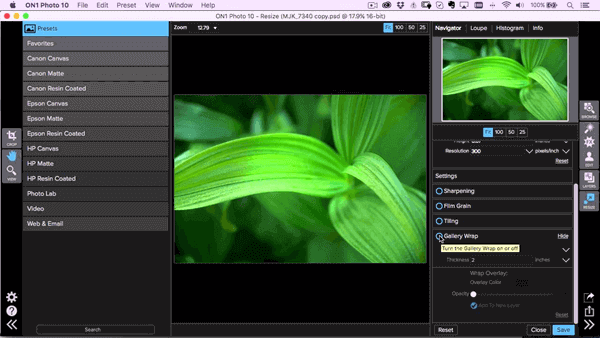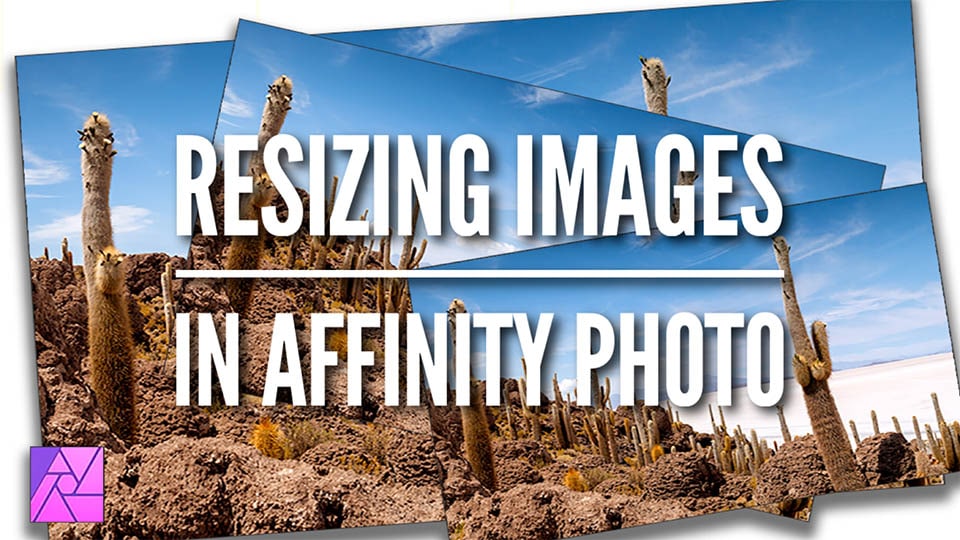
- RESIZE PHOTO IN ON1 RESIZE MOVIE
- RESIZE PHOTO IN ON1 RESIZE SKIN
- RESIZE PHOTO IN ON1 RESIZE FULL
- RESIZE PHOTO IN ON1 RESIZE SOFTWARE
Yeah, Gigapixel AI does a great job but at a huge cost – its painfully slow.
RESIZE PHOTO IN ON1 RESIZE MOVIE
I love how it shows processing time in minutes and secondsĪfter you’ve set up your batch processing, go to bed or go watch a movie – its going to be busy for a while! Topaz Gigapixel 4.7.1 Batch Processing UX while running However, it is nice if you want an idea of what kind of results you are going to get in advance on a particular region of your image. My biggest gripe is that the preview rendering is painfully slow so I turn it off normally.

Simply put, this is how every UX should be for batch processing – I LOVE IT! You can also multi-select to change some or all of the items in the batch to the same settings. This product is optimized for batch processing of high quality resizing, so I really appreciated the clean UX and ability to customize each line item separately vs a batch where all must be done the same exact way. Topaz Gigapixel 4.7.1 Batch Processing UX with Preview
RESIZE PHOTO IN ON1 RESIZE SOFTWARE
However, curiosity did get the better of me so I decided to do a software comparison for the first time in years to satisfy my need to know which is best. I will say that Photoshop CC 2018 drastically improved its resizing, but I didn’t write about it since I still thought that ON1 still had the best product on the market.

RESIZE PHOTO IN ON1 RESIZE SKIN
In that article I also compared Lightroom and Alien Skin BlowUp, but I’ve long abandoned both for resizing when making prints.
That said, advancements in resizing don’t happen very often so my last article on the subject was in 2013 when onOne Perfect Resize 7.5 came out. I’ve also been using Photoshop since version 6.0 in 2000, so I know these products well and have relied on them for quite some time. As a side note, onOne acquired Genuine Fractals in 2005 for what many still think is the best resizing software ever built. I’ve been writing about Topaz Labs products since July 2009 and ON1 (then onOne) since PhotoTools 1.0 in 2008. The remainder of this article is for those who agree with this approach and are curious about the results / my findings. If you have a better way, then stop reading and go for it. I then passed the 25 percent version into the software below for a 4x upsizing and the 50 percent version for a 2x upsizing and compared these results against the original. To avoid hard to interpret data, I intentionally avoided using Photoshop and its “auto” option as then I’d end up with Forrest Gump downsizing. Its been my experience that this technique works best for downsizing in Photoshop, but your results might vary if you chose a different technique. I took the full-size original JPEG’s and downsized them in Photoshop using the Save for Web (Legacy) feature with the settings shown in the above screen shot with the percentage set to 50% and 25% using Bicubic Sharpener. Photoshop CC 2020 21.1.2 Save for Web Settings I then took these smaller files and upsized them at 2x and 4x to see how they compared with their original file to better understand what was lost.

RESIZE PHOTO IN ON1 RESIZE FULL
To do this I started with an original image at full size, then created scaled down versions at 50 percent and 25 percent in Photoshop. To help separate fact from fiction, I decided to take an engineering approach to do an analysis of how the resizing tools I have at my disposal really perform. It makes no sense to me how an image could get better on upsizing, but I do see how upsizing could improve to get closer to the original source image by with improved algorithms that understand what data is lost on downsizing. The skeptic in me sees source images that appear to be blurred with heavily sharpened after images which don’t tell the tale of what really happened. \We’ve all seen the ads that show incredible resizing that seems to recover tiny photos into something better than before, but honestly I don’t believe ads like that.


 0 kommentar(er)
0 kommentar(er)
